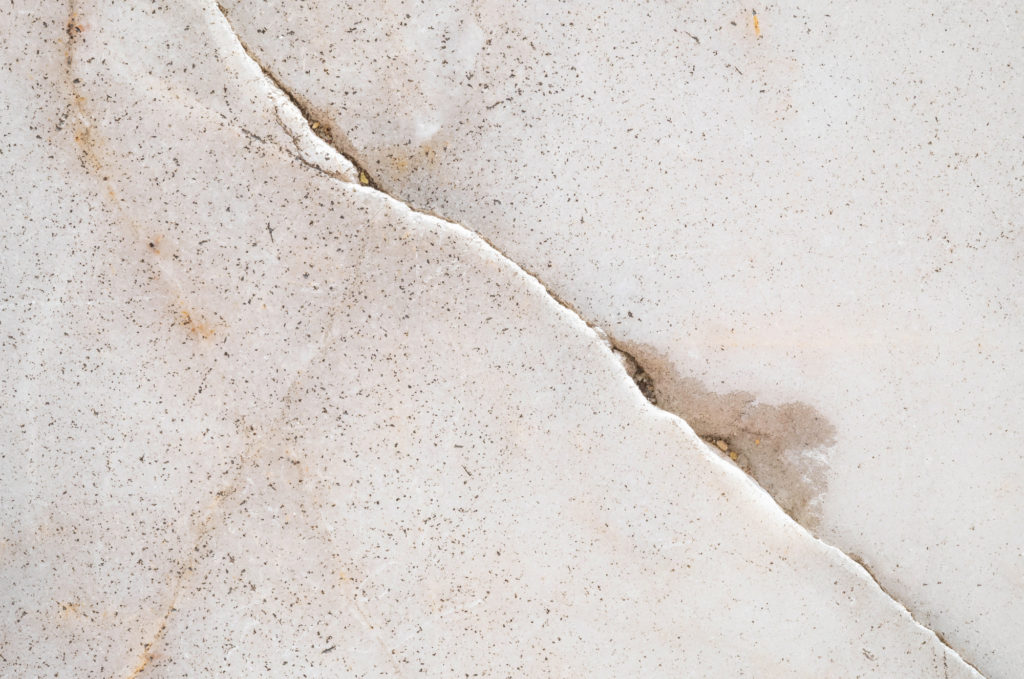
Concrete is a popular, sturdy, multi-purpose building material that offers tons of bang for your buck. It works well as a foundation, as a warehouse floor, as walls, for benches… You name the project, and concrete has your back.
As handy as concrete is, it needs maintenance like all other building materials to do. Expansion joint repair is a common form of upkeep that’s specific to the material.
When you notice damage to concrete on your property, you should learn what happened. Read these causes and effects of concrete expansion joint damage.
To counteract this, concrete installation experts place expansion joints throughout while laying it. If whoever laid concrete on your property did it the right way, they added expansion joints. They’re durable and keep concrete intact, but you have to replace them at some point.
While there’s no official statistic, wear and tear are sure to be the biggest cause of damage in concrete expansion joints. Expansion joints wear down over time like everything else, more so in volatile climates.
In Minnesota, summers burn, and winters chill you to the bone year in and year out. Concrete undergoes major expansion and contraction due to the wide range of temperatures, so the joints age faster in Midwestern weather. You can’t avoid regular replacement—but at least it’s an easy fix for concrete repair professionals.
For example, plastic joints don’t expand very well. They work well indoors in many cases, and you could use them outdoors in a temperate, stable climate like in some parts of California. If you install plastic joints in a volatile climate, you’re setting yourself up for premature cracking.
Except in very unconventional cases, all well-done concrete projects involve expansion joints. If that sounds easy, think again: You can’t toss joints into concrete any which way and expect success.
Expansion joint placement spacing varies between projects and is best left to the pros. Poorly-placed expansion joints don’t work as they should, which can lead to catastrophic damage. You may want a trusted contractor to redo your project if the spacing is off throughout.